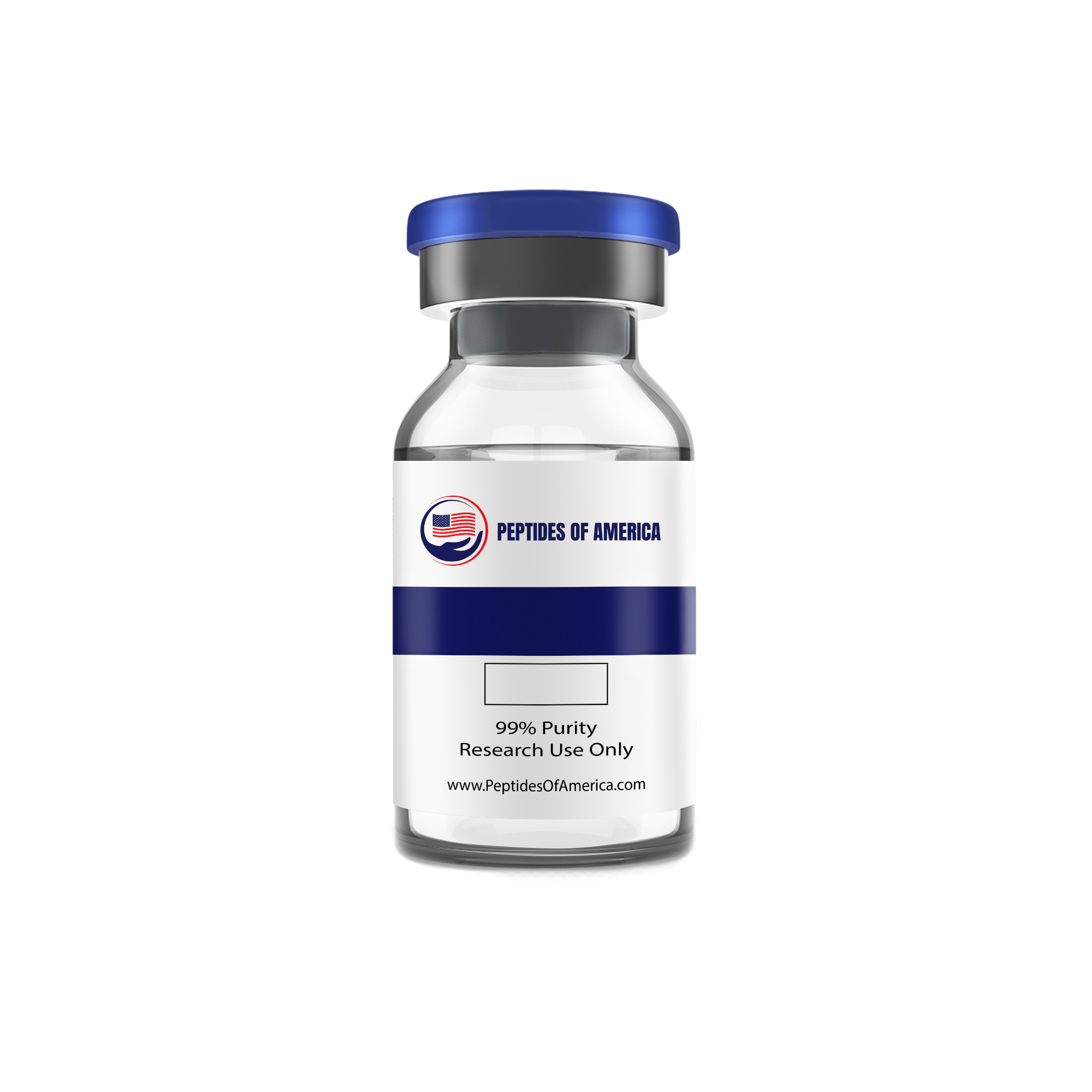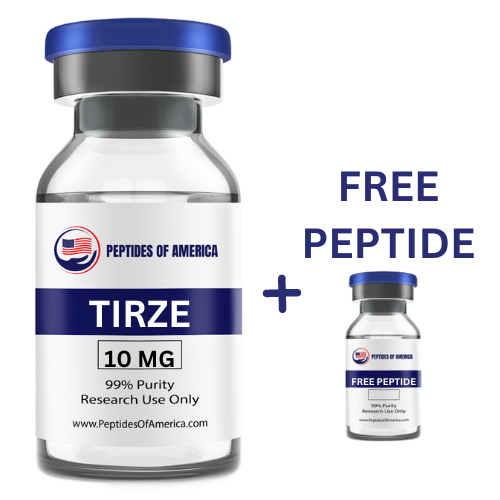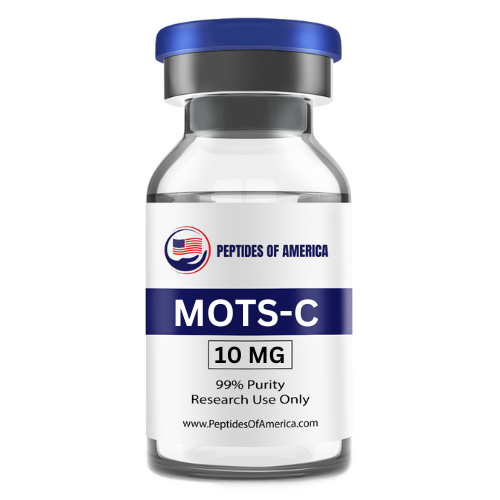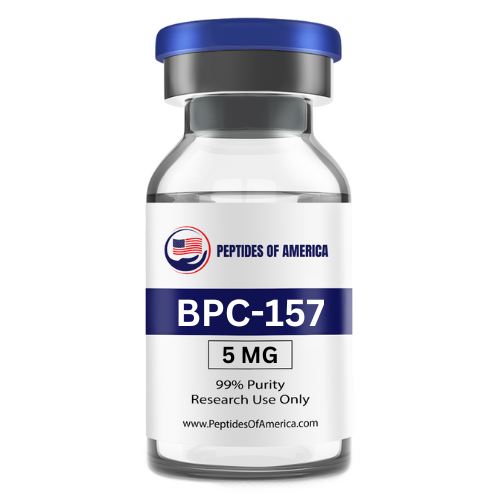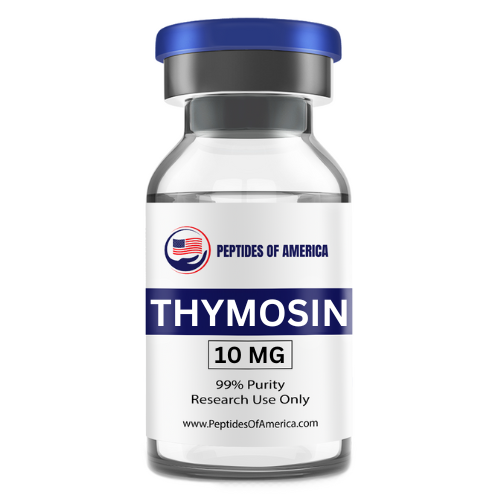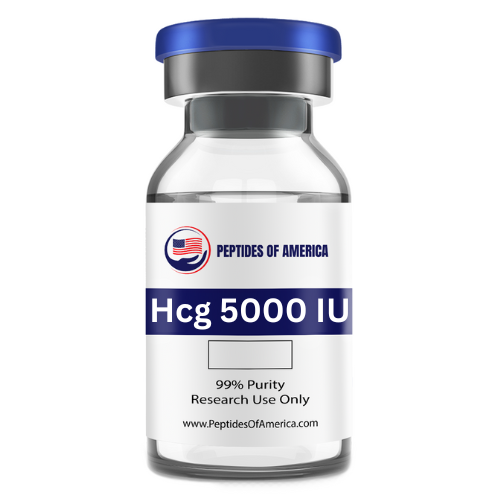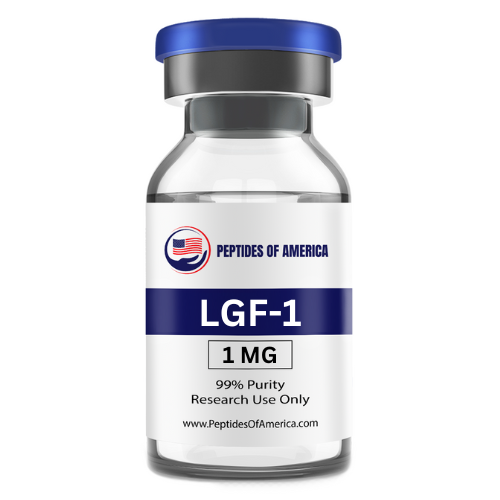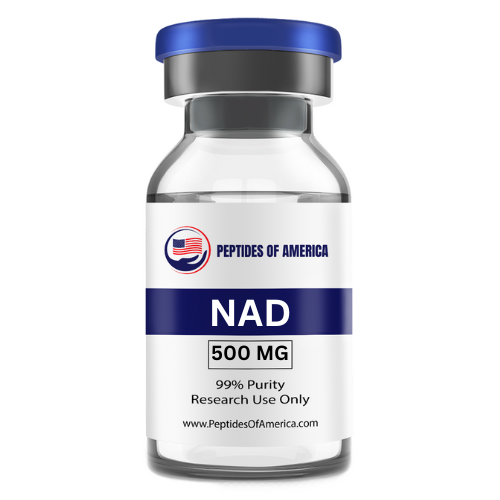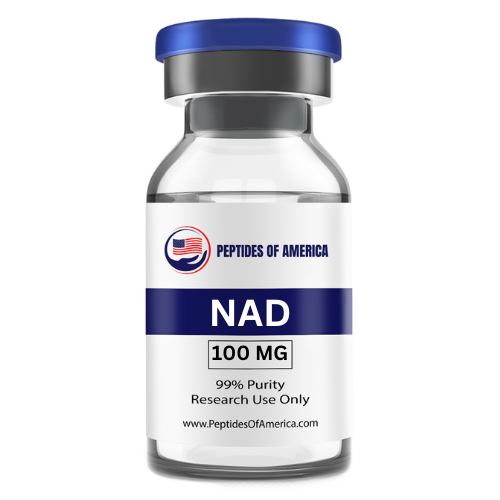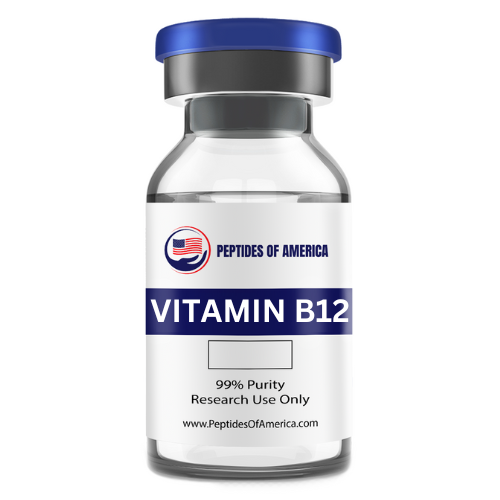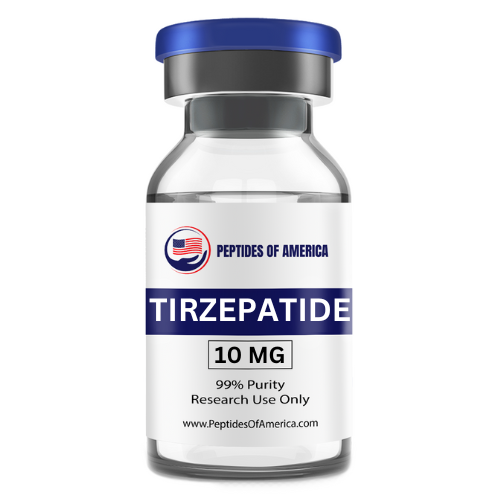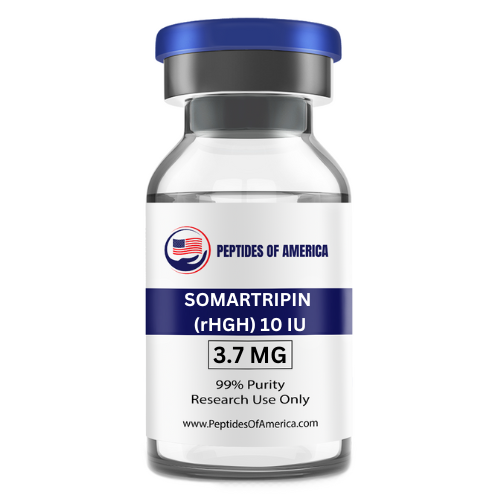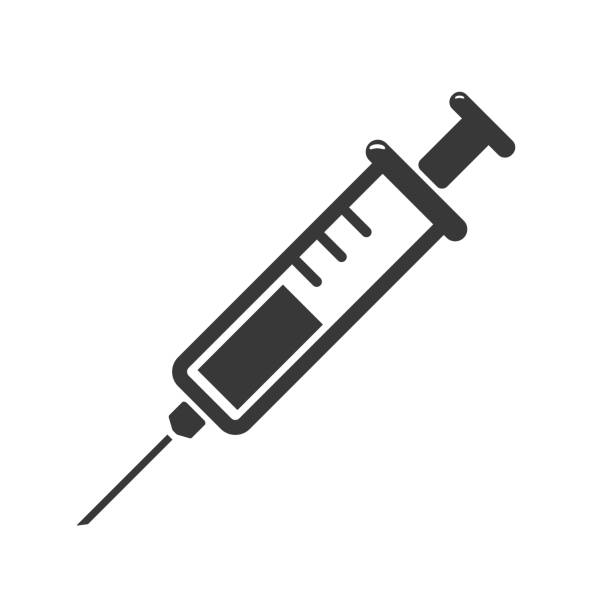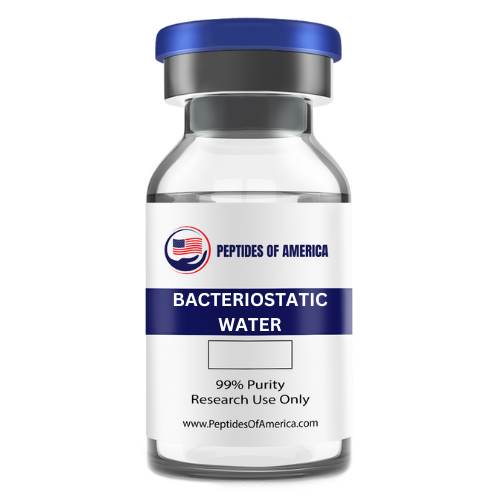Product description
CJC-1295 is a synthetic analogue of growth hormone releasing hormone (GHRH) and binds to the GHRH receptor in the anterior pituitary gland. It is well known for its ability to preserve physiologic pulsatile secretion of GH while boosting GH levels. GHRP-6 is a synthetic analogue of ghrelin and binds to the growth hormone secretagogue receptor. Research has shown that in combination, the two peptides work synergistically to substantially boost levels of GH. GHRP-6 acts as a baseline GH booster, increasing the set level of GH. In other words, GHRP-6 ensures that the lowest level that GH drops to is higher than under normal physiologic conditions. CJC-1295 will then boost GH release in a pulsatile manner, using the new higher baseline set by GHRP-6 as the trough and creating proportionally elevated peaks[1], [2]. As an added benefit, research has shown that GHRP-6 stimulates appetite and improves sleep quality. Increased food intake allows for better use of increased GH levels as there is more raw material from which to build muscle, improve bone density, and promote growth. Sleep is the time during which animals are most receptive to the effects of GH and thus improved sleep quality
helps to ensure that GH has the most impact on functions like wound healing and immune system regeneration. Both peptides have also been linked to improved wound healing and protection of nervous tissue[3]–[6].
About The Author
The above literature was researched, edited and organized by Dr. E. Logan, M.D. Dr. E. Logan holds a doctorate degree from Case Western Reserve University School of Medicine and a B.S. in molecular biology.
Scientific Journal Author
Márta Korbonits graduated in Medicine in Budapest and undertook her early clinical training at the Internal Medicine Department of the Postgraduate Medical School, Budapest. She joined the Department of Endocrinology at St. Bartholomew’s Hospital under the mentorship of Professors Ashley Grossman and Michael Besser. Her MD and later PhD studies contributed to the understanding of the effects of growth hormone secretagogues on hypothalamic hormone release and the nature and causes of pituitary tumorigenesis. She was awarded an MRC Clinician Scientist Fellowship and commenced studies that produced novel insights into ghrelin physiology and genetics. Her findings related to the regulation of the metabolic enzyme AMPK by ghrelin, cannabinoid and glucocorticoid opened a new aspect of hormonal regulation of metabolism. In 2008, Márta Korbonits was promoted to Professor of Endocrinology and Metabolism and since 2012, has led the Centre of Endocrinology at Barts and the London School of Medicine. In 2016, Márta Korbonits was appointed a Deputy Head of the William Harvey Research Institute. Professor Korbonits continues to integrate human studies alongside with laboratory-based research and has pioneered several projects in translational medicine. Márta Korbonits is being referenced as one of the leading scientists involved in the research and development of GHRP-6. In no way is this doctor/scientist endorsing or advocating the purchase,
sale, or use of this product for any reason. There is no affiliation or relationship, implied or otherwise, between Peptide Sciences and this doctor. The purpose of citing the doctor is to acknowledge, recognize, and credit the exhaustive research and development efforts conducted by the scientists studying this peptide. Márta Korbonits is listed in [7] under the referenced citations.
Resources
[1] M. Ionescu and L. A. Frohman, “Pulsatile secretion of growth hormone (GH) persists during continuous stimulation by CJC-1295, a long-acting GH-releasing hormone analog,” J. Clin. Endocrinol. Metab., vol. 91, no. 12, pp. 4792–4797, Dec. 2006. [PubMed]
[2] S. L. Teichman, A. Neale, B. Lawrence, C. Gagnon, J.-P. Castaigne, and L. A. Frohman, “Prolonged stimulation of growth hormone (GH) and insulin-like growth factor I secretion by CJC-1295, a long-acting analog of GH-releasing hormone, in healthy adults,” J. Clin. Endocrinol. Metab., vol. 91, no. 3, pp. 799–805, Mar. 2006. [PubMed]
[3] Y. Mendoza Marí et al., “Growth Hormone-Releasing Peptide 6 Enhances the Healing Process and Improves the Esthetic Outcome of the Wounds,” Plastic Surgery International, 2016. [Online]. Available: https://www.hindawi.com/journals/psi/2016/4361702/. [Accessed: 23-May-2019].
[4] M. Fernández-Mayola et al., “Growth hormone-releasing peptide 6 prevents cutaneous hypertrophic scarring: early mechanistic data from a proteome study,” Int. Wound J., vol. 15, no. 4, pp. 538–546, Aug. 2018. [PubMed]
[5] H.-J. Huang et al., “The protective effects of Ghrelin/GHSR on hippocampal neurogenesis in CUMS mice,” Neuropharmacology, May 2019. [PubMed]
[6] N. Subirós et al., “Assessment of dose-effect and therapeutic time window in preclinical studies of rhEGF and GHRP6 coadministration for stroke therapy,” Neurol. Res., vol. 38, no. 3, pp. 187–195, Mar. 2016. [PubMed]
[7] Korbonits, Marta, and Ashley B. Grossman. “Growth Hormone-Releasing Peptide and Its Analogues.” Trends in Endocrinology & Metabolism, vol. 6, no. 2, Mar. 1995, pp. 43–49 [PubMed]
ALL ARTICLES ARTICLES AND PRODUCT INFORMA AND PRODUCT INFORMATION PROVIDED ON THIS WEBSITE TION PROVIDED ON THIS WEBSITE ARE FOR ARE FOR INFORMA INFORMATIONAL AND EDUCA AND EDUCATIONAL PURPOSES ONL PURPOSES ONLY.
The products offered on this website are furnished for in-vitro studies only. In-vitro studies (Latin: in glass) are performed outside of the body. These products are not medicines or drugs and have not been approved by the FDA to prevent, treat or cure any medical condition, ailment or disease. Bodily introduction of any kind into humans or animals is strictly forbidden by law.

